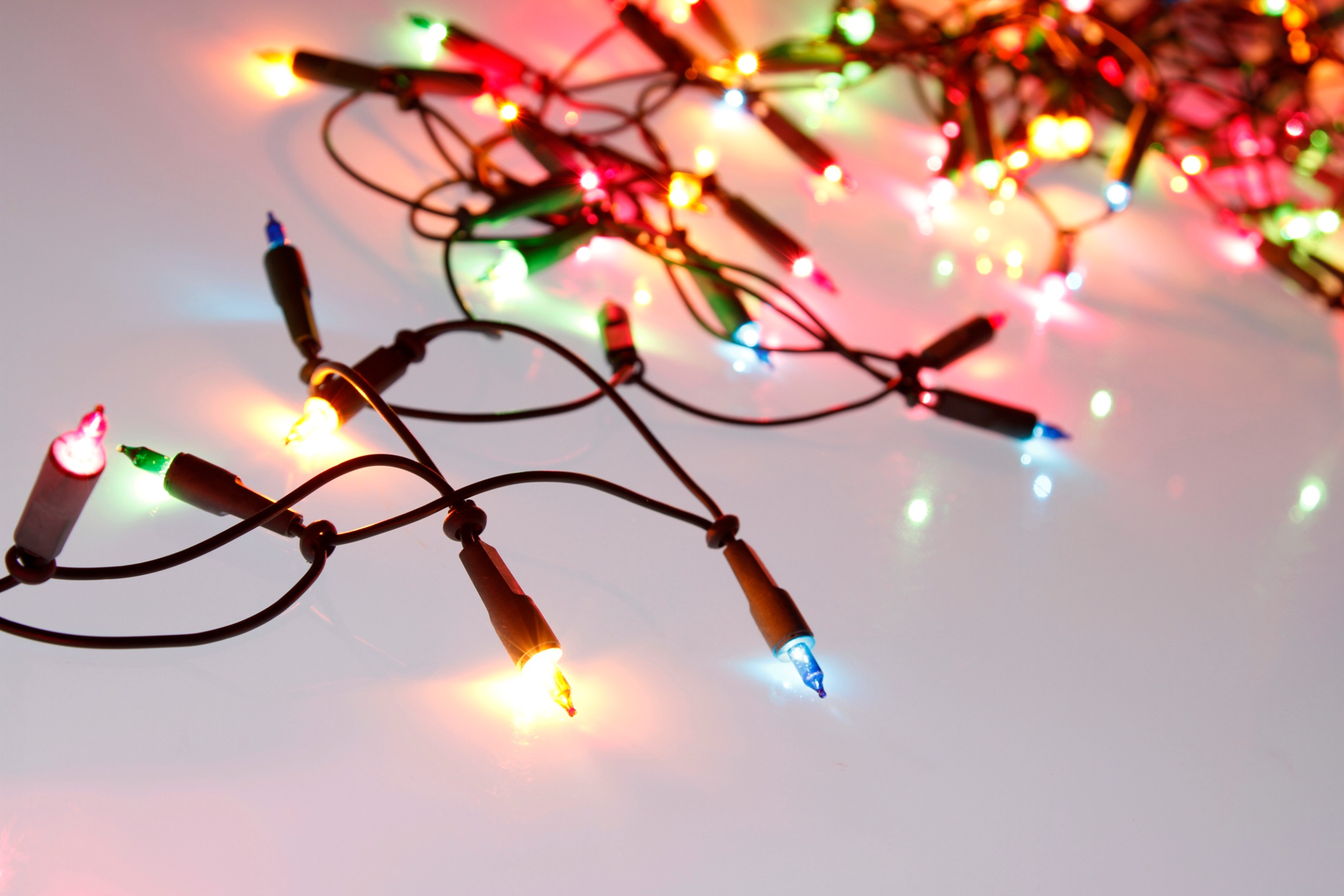How to Avoid Holiday Light Electrocution Injuries

The holiday season is a joyous time for celebrating with friends and family. One of the highlights of the season for many is decorating for the festivities. With that comes the risk of holiday light electrocution injuries. When decorating for the holiday season, it is important to do so safely to avoid electric shock, burn injuries, or even death. In this blog, the personal injury attorneys at Patterson Legal Group offer some tips on how to prevent Christmas lights electrocution injuries.
Electrocution Injury Stats
- According to the National Fire Protection Association (NFPA), on average, more than two in five Christmas tree fires are related to electrical problems and holiday lights.
- A Consumer Product Safety Commission (CPSC) report found that there were 410 electrocutions reported to the agency from 2011 to 2020.
- The same report found there was an estimated average of 100 electrocution fatalities associated with consumer products that occurred annually from 2018 to 2020. In 2018, there were an estimated 110 consumer product-related electrocutions, followed by 100 in 2019 and 90 in 2020.
- In 2021, there were an estimated 4,200 holiday electrical injuries treated in emergency rooms in the United States.
Tips to Prevent Holiday Light Electrocution Injuries
- Inspect and Test Lights
This is one of the easiest ways to prevent holiday light electrocution injuries. Before hanging your lights, take the time to inspect them carefully. Check for frayed wires, cracked bulbs, or loose connections. Discard any damaged lights immediately. Once you’ve inspected the lights, plug them in and test them. If any of the lights flicker or don’t turn on, don’t use them.
- Do Not Use Indoor Lights Outdoors
Not all lights are created equal. When decorating outdoors, use only lights that are specifically designed for outdoor use. These lights will be weatherproof and have heavier insulation to protect against electrical shock. When decorating indoors, it is best to only use lights designed for indoor use. The same rule applies to extension cords and surge protectors. Before plugging in extension cords or surge protectors, check the label to see if they are suitable for outdoor use.
- Check the Wire Gauge on Extension Cords
Using the right gauge of wire is crucial for safety when using extension cords to hang Christmas lights. The gauge of a wire refers to its thickness, and it determines how much current the wire can safely carry. Using a wire gauge that is too thin for the job can overload the wire and lead to holiday light electrocution injuries.
- Use Ground Fault Circuit Interrupters (GFCIs)
GFCIs are devices that can help prevent electrocution by cutting off power to an outlet if it detects a leak of electricity. These devices prevent the flow of electricity through a person’s body, minimizing the risk of severe injury or even death. GFCIs are especially important for outdoor outlets, as they can help protect against shock hazards caused by wet or damaged cords. You can find GFCIs at any hardware store and are crucial safety devices that can prevent Christmas light electrocution injuries.
- Choose LED Lights
LED Christmas lights are the safest option for holiday lighting. They use less energy than traditional incandescent lights and emit very little heat, significantly reducing the risk of fire. Since LED lights have lower voltage than incandescent lights, they are less likely to cause holiday light electrocution injuries.
- Avoid Overloading Outlets
Even with surge protectors, overloading an outlet is a risky move. Each outlet has a maximum capacity, and exceeding this limit can lead to overheating and a short circuit. Even if you are using LED lights, a good rule of thumb is to connect no more than three light cords to a single outlet. Overcrowding outlets can cause a short circuit and increase the risk of Christmas light electrocution injuries.
- Protect Wires
When hanging or draping lights, avoid using staples, tacks, or nails. These can damage wires and increase the risk of electrical shock. Along with damaging the wires, metal is an excellent conductor of electricity. Instead, use plastic ties or plastic stick-on wall hooks to secure your lights safely.
- Unplug Your Lights or Use a Timer
While you worked hard creating a dazzling light display to prevent holiday light electrocution injuries, it is best to either unplug your lights at the end of the day or have their hours of use set with a timer. Leaving Christmas lights on overnight can increase the risk of electrical fires. When unplugging your lights, don’t just turn off the switch on the light string. Unplug the light string from the outlet to completely disconnect it from the power source.
- Store Your Lights Properly
After the holiday season, storing your lights properly can help prevent electrocution and extend the life of the lights. Wrap or coil the lights loosely to prevent tangles and strain on the wires. Avoid using rubber bands or other tight fasteners that could damage the wires.
Contact an Electrocution Lawyer Today
By following these safety measures, you can prevent holiday electrical injuries. However, accidents still happen when someone is acting negligently or recklessly. If you or a loved one have suffered from a Christmas light electrocution injury, we can help.
Patterson Legal Group has more than 75 years of combined experience successfully representing injury victims in Kansas, Missouri, and Oklahoma. We have a track record of winning superior settlements for our clients. Our firm offers free consultations and works on a “no win, no fee” basis, which means that you do not pay a dime unless money has been recovered on your behalf.
To get started on your free consultation, call us 24/7 at (888) 687-2400. You can also fill out this contact form or reach out via LiveChat.





